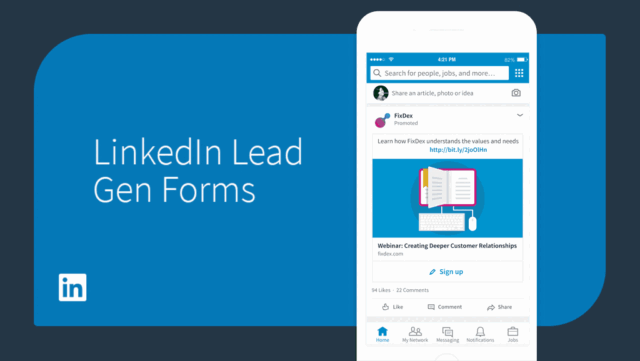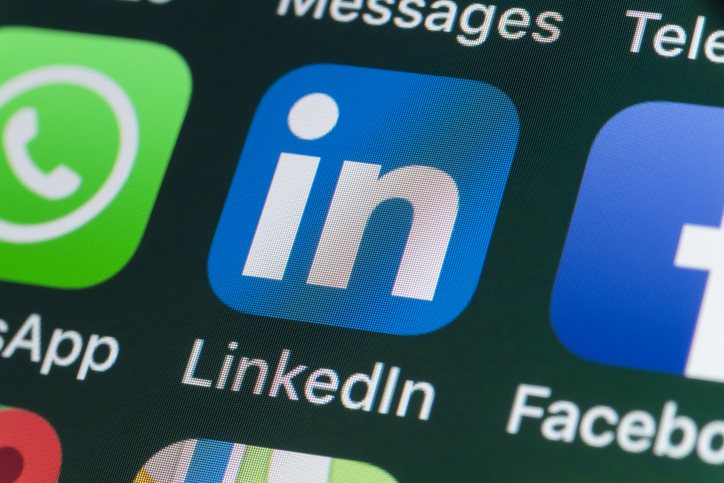LinkedIn is the world’s largest professional networking platform, making it an ideal space for B2B marketing and lead generation. With over 900 million users, LinkedIn offers unique targeting options and a professional audience that can significantly benefit businesses looking to connect with potential clients. In this blog, we’ll explore effective strategies to generate leads with LinkedIn ads.

Understanding LinkedIn Ads
LinkedIn Ads provide businesses with various formats, including sponsored content, text ads, message ads, and dynamic ads. Each format has unique advantages, allowing marketers to choose the best option for their goals.
Types of LinkedIn Ads
- Sponsored Content: Native ads that appear in users’ news feeds, which can include images, videos, or carousel formats.
- Text Ads: Simple ads that appear on the sidebar of LinkedIn pages, featuring a short message and a call to action.
- Message Ads: Direct messages sent to users’ LinkedIn inboxes, providing a personal touch and higher engagement rates.
- Dynamic Ads: Customized ads that adapt to the viewer’s profile, often used for follower campaigns and engagement.
Steps to Generate Leads with LinkedIn Ads
1. Define Your Target Audience
Use LinkedIn’s Targeting Features: LinkedIn allows you to target users based on various criteria, including job title, industry, company size, and location. Define your ideal customer profile and leverage these targeting options to reach the right audience.
Create Buyer Personas: Develop detailed buyer personas that represent your ideal customers. This will help you tailor your messaging and choose the most effective ad formats.
2. Set Clear Goals
Establish Objectives: Determine what you want to achieve with your LinkedIn ads. Common goals include lead generation, brand awareness, website traffic, or event registrations. Having clear objectives will guide your ad strategy and metrics for success.
Choose the Right Metrics: Identify key performance indicators (KPIs) that align with your goals, such as click-through rates (CTR), conversion rates, and cost per lead (CPL).
3. Craft Compelling Ad Content
Create Engaging Visuals: Invest in high-quality visuals that capture attention. Use professional images, videos, or infographics to enhance your ads.
Write Clear and Concise Copy: Your ad copy should be straightforward and persuasive. Focus on the benefits of your offering and include a strong call to action (CTA) that encourages users to take the next step.
Tailor Content for Each Ad Type: Different ad formats require different approaches. For example, message ads should be conversational and personal, while sponsored content can be more informative and promotional.
4. Utilize LinkedIn Lead Gen Forms
Create Lead Gen Forms: LinkedIn’s Lead Gen Forms allow users to submit their contact information without leaving the platform. This seamless experience can significantly increase conversion rates.
Customize Your Form: Tailor the fields on your lead gen form to gather the information you need. Consider including fields for name, email, company name, and job title. Keep it simple to avoid overwhelming potential leads.
5. Optimize Your Landing Page
Ensure a Smooth Transition: If you direct users to a landing page, ensure it aligns with your ad messaging. The landing page should provide valuable content and a clear path for users to follow.
Use Strong CTAs: Your landing page should include clear CTAs that guide users towards conversion. Whether it’s signing up for a newsletter, downloading a resource, or scheduling a demo, make the next steps obvious.
6. Monitor and Adjust Your Campaigns
Track Performance: Regularly review the performance of your LinkedIn ads. Use LinkedIn’s analytics tools to track engagement, conversion rates, and other key metrics.
A/B Testing: Experiment with different ad creatives, copy variations, and targeting options to identify what resonates best with your audience. A/B testing can provide valuable insights into optimizing your campaigns.
Adjust Based on Data: Use the data collected to refine your campaigns continually. Pause underperforming ads and allocate your budget to the ones that drive results.
7. Follow Up with Leads
Implement a Nurture Strategy: Once you have generated leads, it’s crucial to have a follow-up strategy in place. Use email marketing, personalized outreach, or retargeting ads to nurture these leads through the sales funnel.
Provide Valuable Content: Share relevant resources, case studies, or insights that address your leads’ pain points. Building trust and providing value will help convert leads into customers.
Conclusion
Generating leads with LinkedIn ads requires a strategic approach that focuses on understanding your audience, creating compelling content, and optimizing your campaigns. By leveraging LinkedIn’s unique targeting features and engaging ad formats, you can effectively reach and convert potential customers. With continuous monitoring and adjustments, LinkedIn can become a powerful tool for your lead generation efforts, helping you grow your business in the competitive B2B landscape.


No responses yet